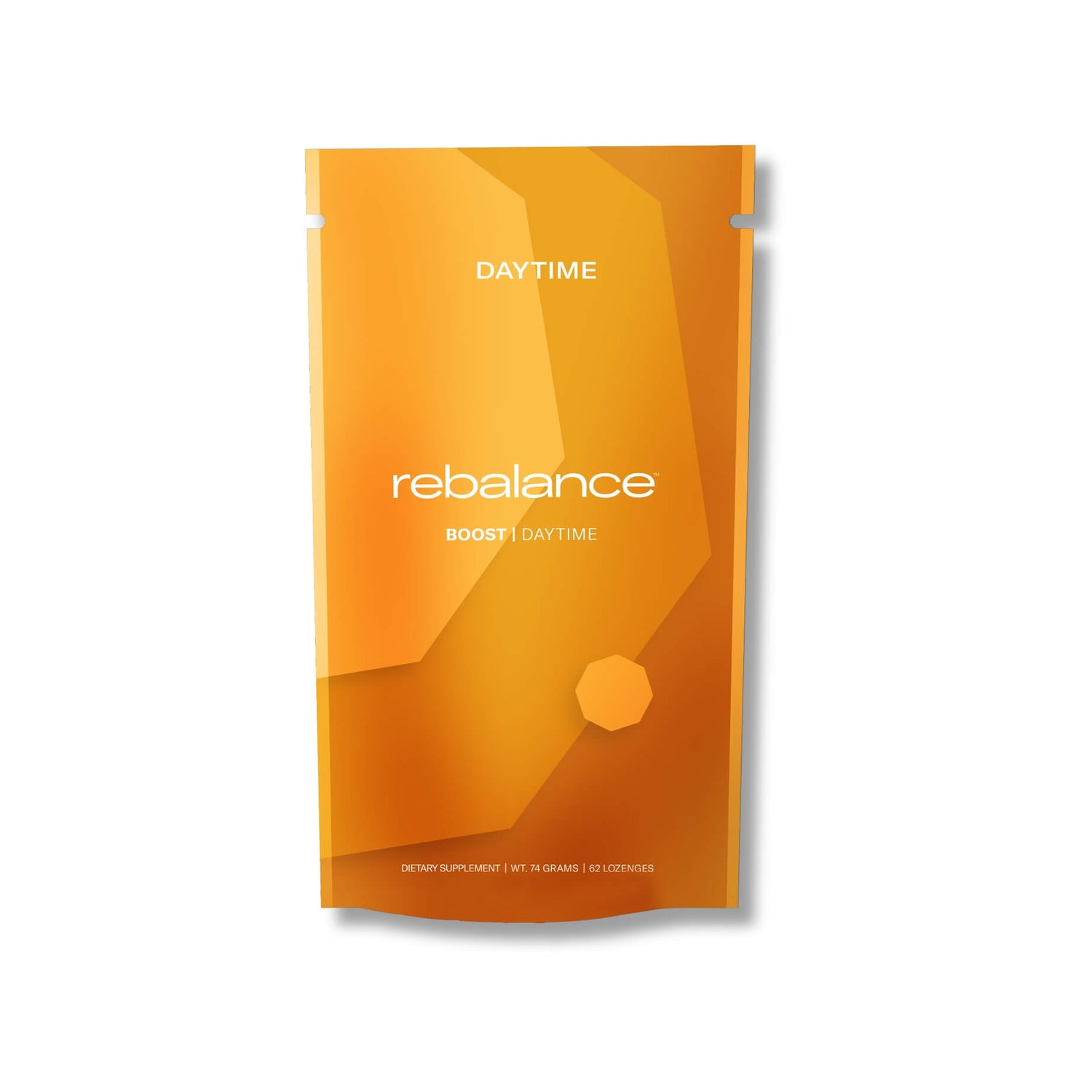Stressed? Try This 2-Minute Breathing Exercise Backed by Science
10/03/2025 by Rebalance Health

Stress feels heavier than ever these days. Between constant notifications, overwhelming news cycles, and the pressures of work and family, our bodies rarely get the signal to stand down.
What you might not realize is that stress isn’t just a feeling—it’s chemistry. Each ping, each late-night scroll, each “I need this now” moment spikes cortisol, your body’s primary stress hormone. When cortisol stays elevated, it disrupts everything from sleep to mood to focus.
But here’s the hopeful part: your body also has a built-in brake system. And you can tap into it with something as simple as your breath.
The Science: The Vagus Nerve and Cortisol
At the center of your stress response is the vagus nerve—a long nerve that runs from your brainstem through your chest and into your abdomen. It’s a key part of the parasympathetic nervous system, often called the “rest and digest” system.
When the vagus nerve is activated, it helps slow your heart rate, lower blood pressure, and send the signal that it’s safe to relax. Research has shown that stimulating the vagus nerve also helps regulate cortisol, reducing the physiological load of stress.
The research:
-
A 2010 study published in Psychoneuroendocrinology found that breathing practices which emphasize slow, deep exhalations were linked to significant reductions in cortisol levels.
-
In 2017, researchers from the University of North Carolina reviewed vagus nerve stimulation and noted its role in regulating the HPA axis (the brain–hormone stress loop), which directly influences cortisol release.
-
A 2021 randomized trial in Frontiers in Human Neuroscience reported that paced breathing at six breaths per minute increased vagal tone and improved stress resilience in participants.
Put simply: when you slow your breath, you activate the vagus nerve. And when the vagus nerve is activated, cortisol comes down.
The Tool: Box Breathing
One of the simplest ways to activate your vagus nerve is through box breathing—a technique used by everyone from therapists to Navy SEALs. It’s called “box” breathing because each step is the same length, like the four sides of a square.
Here’s how to do it:
-
Inhale slowly through your nose for 4 seconds.
-
Hold your breath for 4 seconds.
-
Exhale slowly through your mouth for 4 seconds.
-
Hold at the bottom of the breath for 4 seconds.
Repeat this cycle for 3–5 minutes. That’s it.
You may notice your heart rate slowing, your shoulders dropping, and your mind feeling clearer—these are signs your vagus nerve is working to calm your system.
Why It Works Today
In a world where stressors are constant and often out of your control, breathing is one of the few levers you can pull at any moment. It doesn’t require equipment, apps, or long practice. Just a few minutes of intentional breath can quiet your body’s alarm system and lower cortisol.
Try It Now
Pause. Close your eyes. Take a slow breath in for 4 seconds. Hold it. Exhale for 4 seconds. Hold again.
Repeat. Let your body catch up to the message your breath is sending: You are safe.
Because sometimes the most powerful stress relief isn’t complicated—it’s as simple as remembering to breathe.
Overview

Stay Calm. Sleep Deep. Wake Clear.
A lozenge that supports deep sleep, better REM, and calmer nights. Without melatonin — unless you want it.














